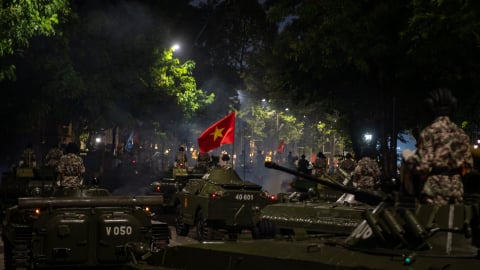
According to estimates by the Association for Community Organization, about 200,000 Hong Kong residents live in squalid, cramped, and poorly furnished housing.
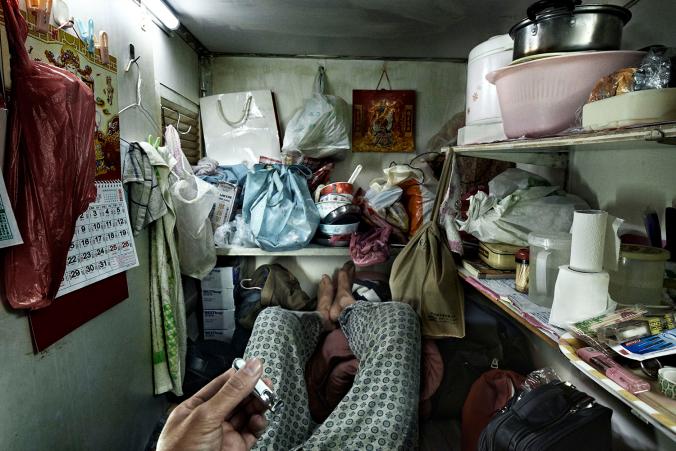
The "cage house" was noisy, and the poorest people in the city were there.

Old or young, male or female, they all live resignedly in narrow spaces, unable to stand up straight.

Glitzy Hong Kong hides about 200,000 people living in poverty like this.
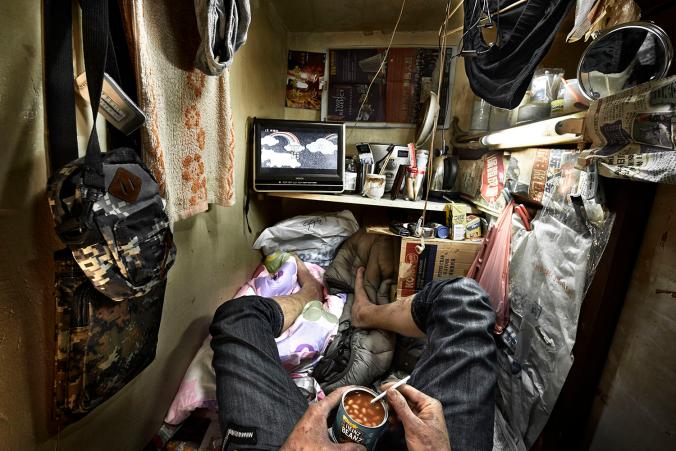
These photos were taken for SoCO, an NGO that fights for changes in policy and living standards in the city.
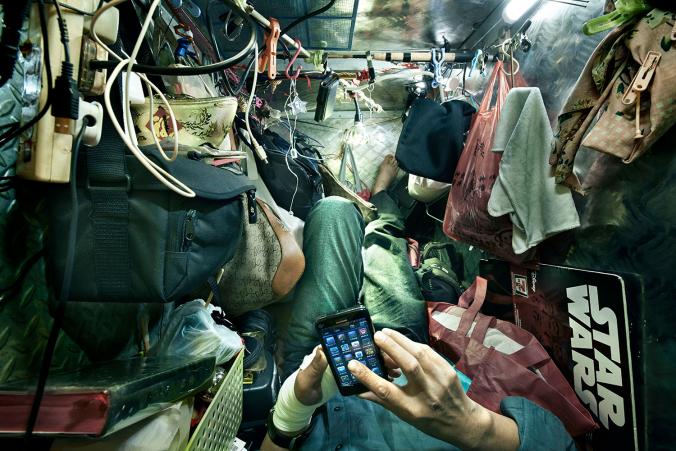
Residents are forced to get creative within their tight spaces.
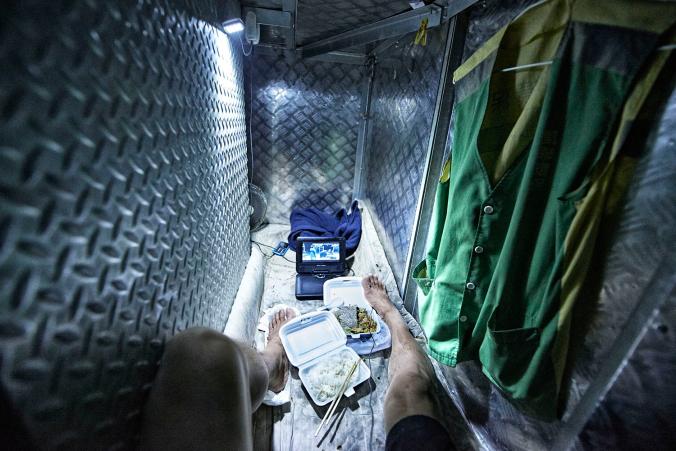
Ah Tin lived in a single bed. The walls were made of wire mesh. It was just the right size for his body.
His sadness made him indifferent to everything, even to eat to survive.
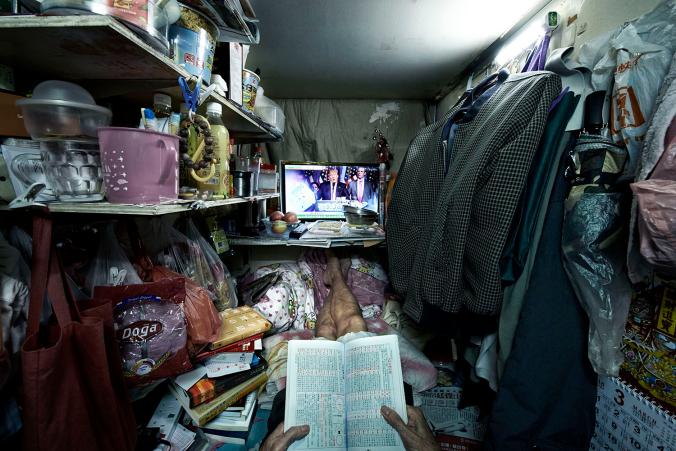
Mr. Leung is one of the "cage" residents - his hobby is reading. He reads a lot and goes through many jobs to survive.
However, he was now too old to get a job, and so he had to read books to escape the painful reality of poverty around him.
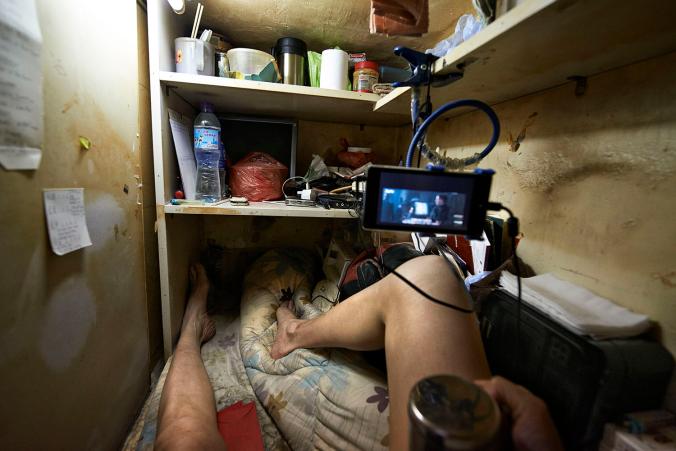
I still live here, but surrounded by four "coffin" walls - one of the tenants sobbed.

These poor people have no choice.
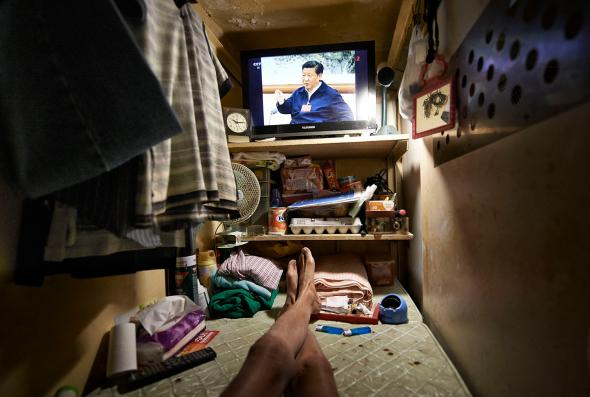
Want to change, not easy...
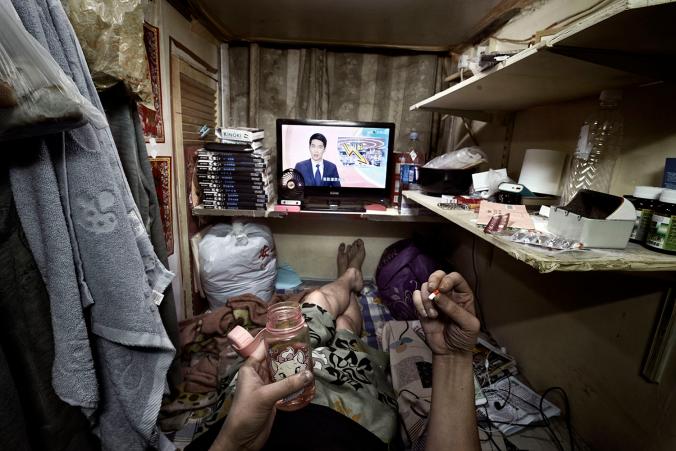
Sometimes waking up to cruel reality.

Over the past 10 years, the number of wire mesh cages has decreased, and the partitions have been replaced with wood.

Living here, any privacy, or a good night's sleep, suddenly became a luxury.

At over 60 years old, Mr. Wong is still here. To pay the rent, he works on construction sites every day.
In his spare time, he volunteers to help the homeless.
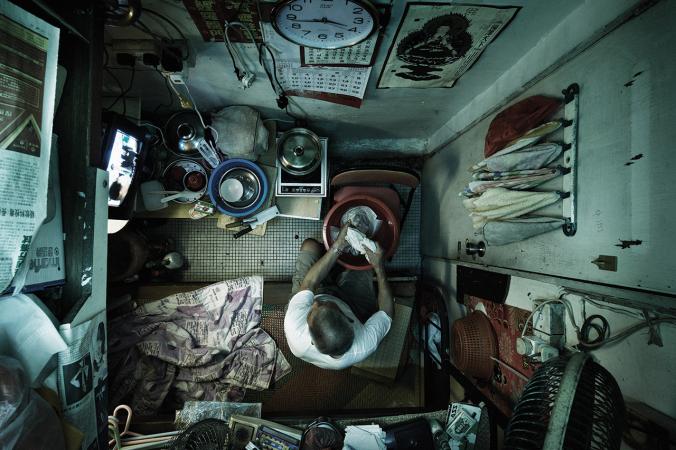
Accommodations like this are actually illegal in Hong Kong.
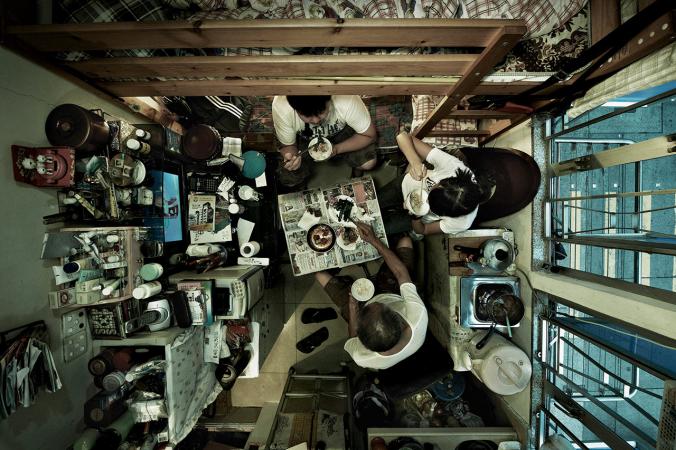
Li Chong's family members - Father and son, are Japanese.
Both of them were so tall, they found it difficult to move.
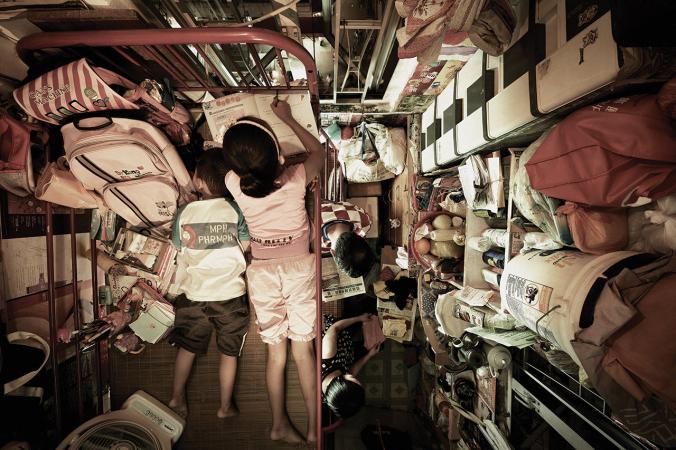
Multi-purpose space for the Leung family: Sleeping, dining and kitchen.

Organizations like the Society of Community Organizations (SoCO) are helping to improve this terrible life.
“That day, I went home and cried,” photographer Benny Lam told National Geographic after experiencing and documenting the living environment in those places through the photo series “Trapped.” Lam’s photo series seemed to want to show the world the suffocating life of nearly 200,000 Hong Kong people (including 40,000 children) who have to live in “coffin” boxes like this.
This is the result of 4 years of practice in more than 100 "coffin" rooms, with an area of less than 5 square meters. "It was terrible, I felt so bad, like that, life was not normal. I was almost paralyzed", Lam recalled.
With a population of nearly 7.5 million people, and almost no land for development, Hong Kong's housing market has risen to the most expensive in the world. Tens of thousands of people have no choice but to accept living in small rooms, divided into small cells of only a few square meters (including kitchen, toilet, toilet, shower). They really look like coffins, or rectangular cages. With super small dimensions. From cooking, sleeping, to cleaning, all take place in this small space, photographer Lam shared. To create coffin apartments, people divide the house into small units, so that there are at least 20 bunk beds. The rent is about 250 dollars/month.
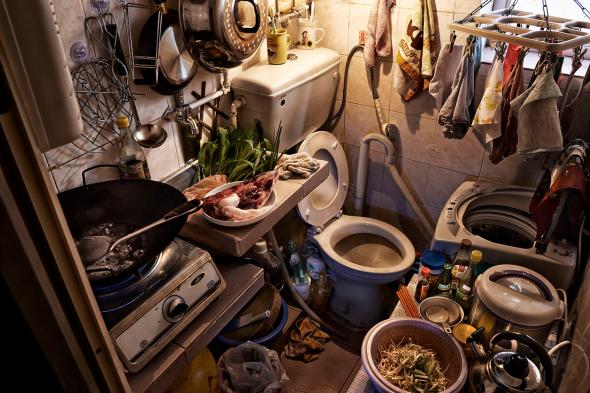
Kitchen + toilet in the cage.
In a series of images called “Trapped,” Lam wanted to shine a light on the suffocating homes that Hong Kong’s prosperous luminaries didn’t shine on. Lam wanted to use these photos to bring attention to the people living in these coffin apartments and erase the unfair distance that their plight caused.
"You might wonder why we should care, they have nothing to do with our lives," Lam wrote on her Facebook page. "Not really. They are the people who exist in your life every day: they are the people who serve you in restaurants, they are the security guards in the shopping malls you are walking through, or the cleaners and delivery people on the streets you pass by. The only difference between us and them is [their home]. This is a humanitarian issue."
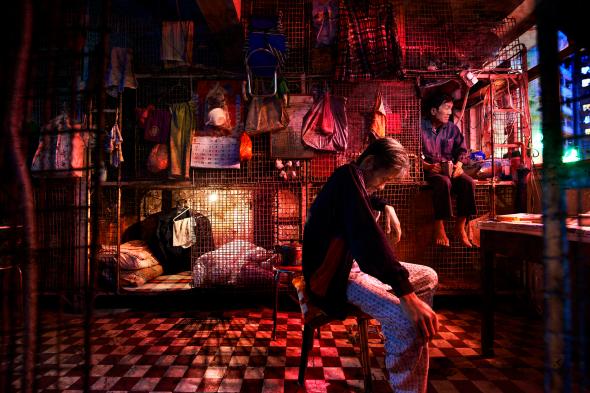
How to avoid living in places like this?
Lam found one image in particular during his field trip. In it, a man lay on his bed, with no room to stretch his legs and his knees almost touching the windowless walls of the coffin-shaped box. He was eating baked beans from a can, presumably for dinner, and watching television. Laundry was hung to dry inside. For Lam, it was the most poignant example yet, showing that many citizens have no rights and that the government should act to address Hong Kong’s housing crisis and income inequality.

How does that luxurious light reach here?
(Story: Sarah Stacke/Photo: Benny Lam)
The courage of the men, women, and families who were so open and willing to share their stories with a stranger, often made Lam feel embarrassed. Many were ashamed to live in such confined spaces, but they were powerless, and only hoped that one day, they would be able to change their lives.
Lam Tue (According to NatGeo)



























